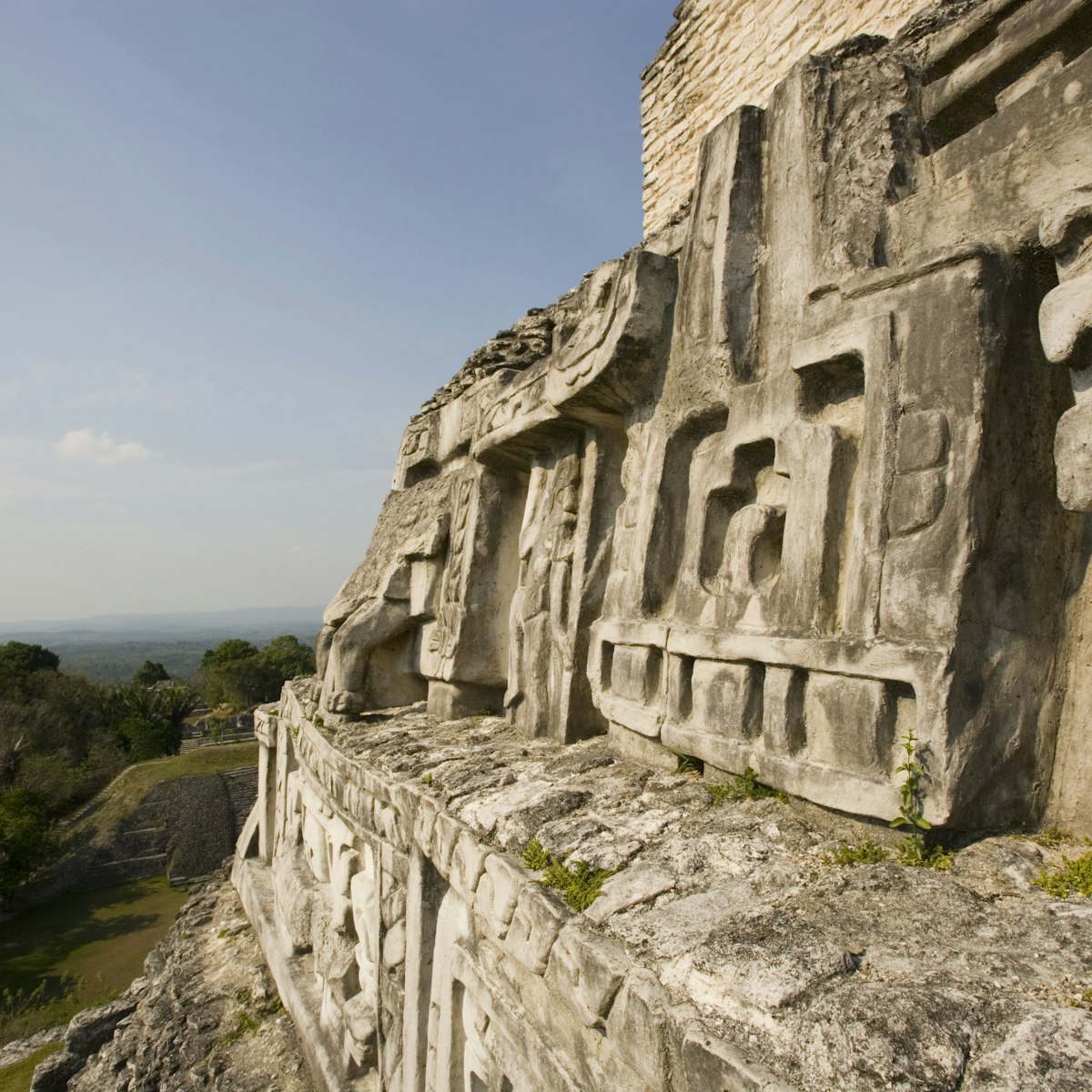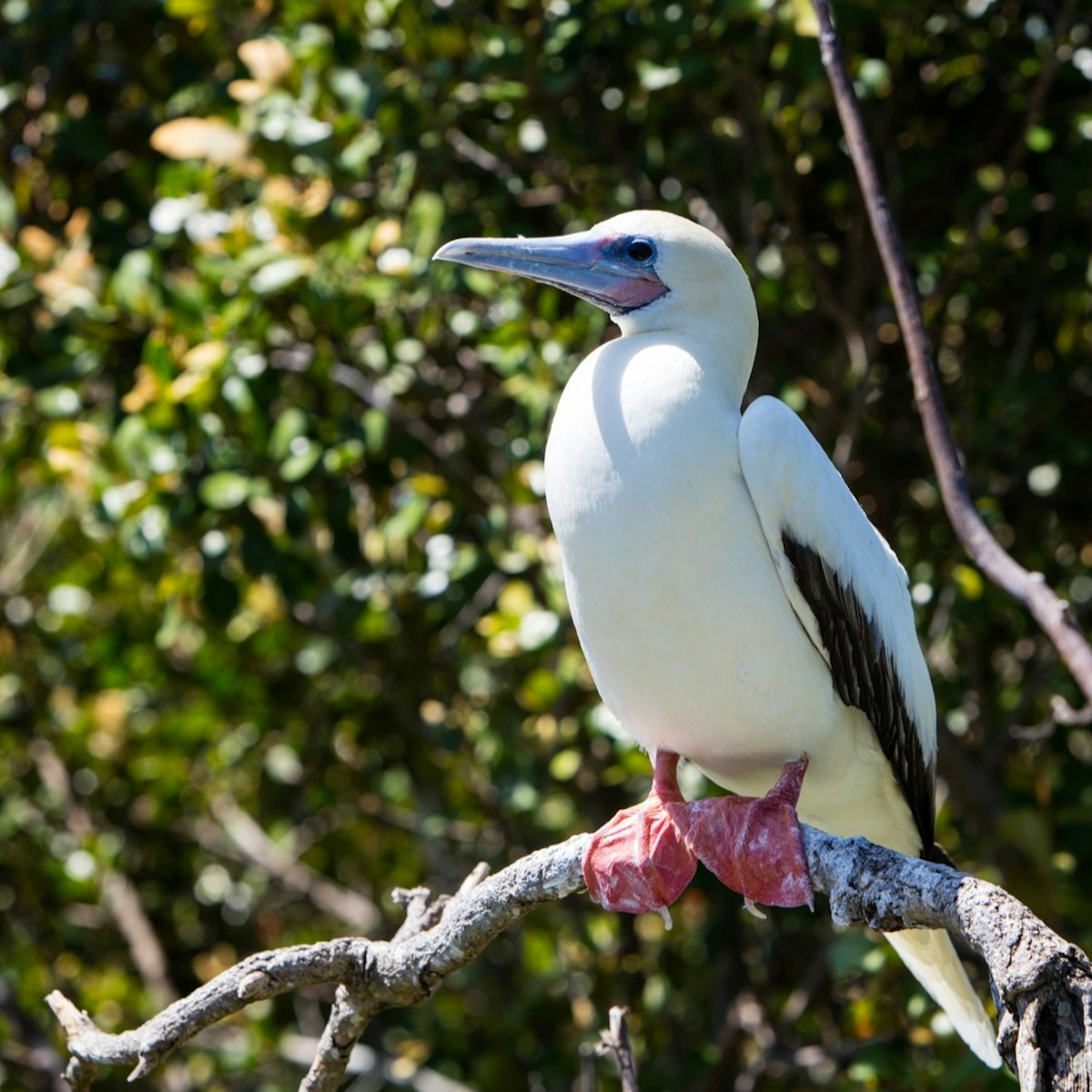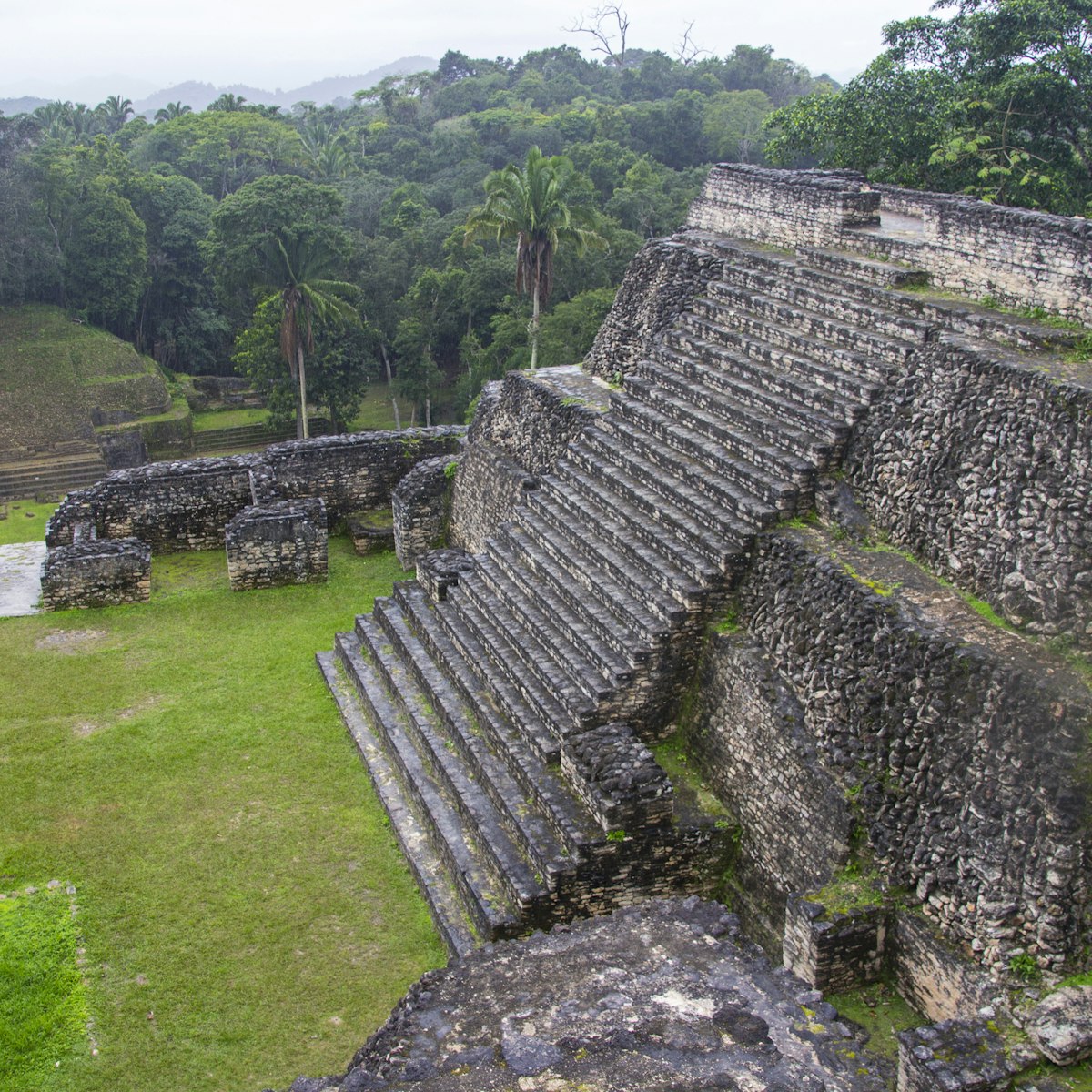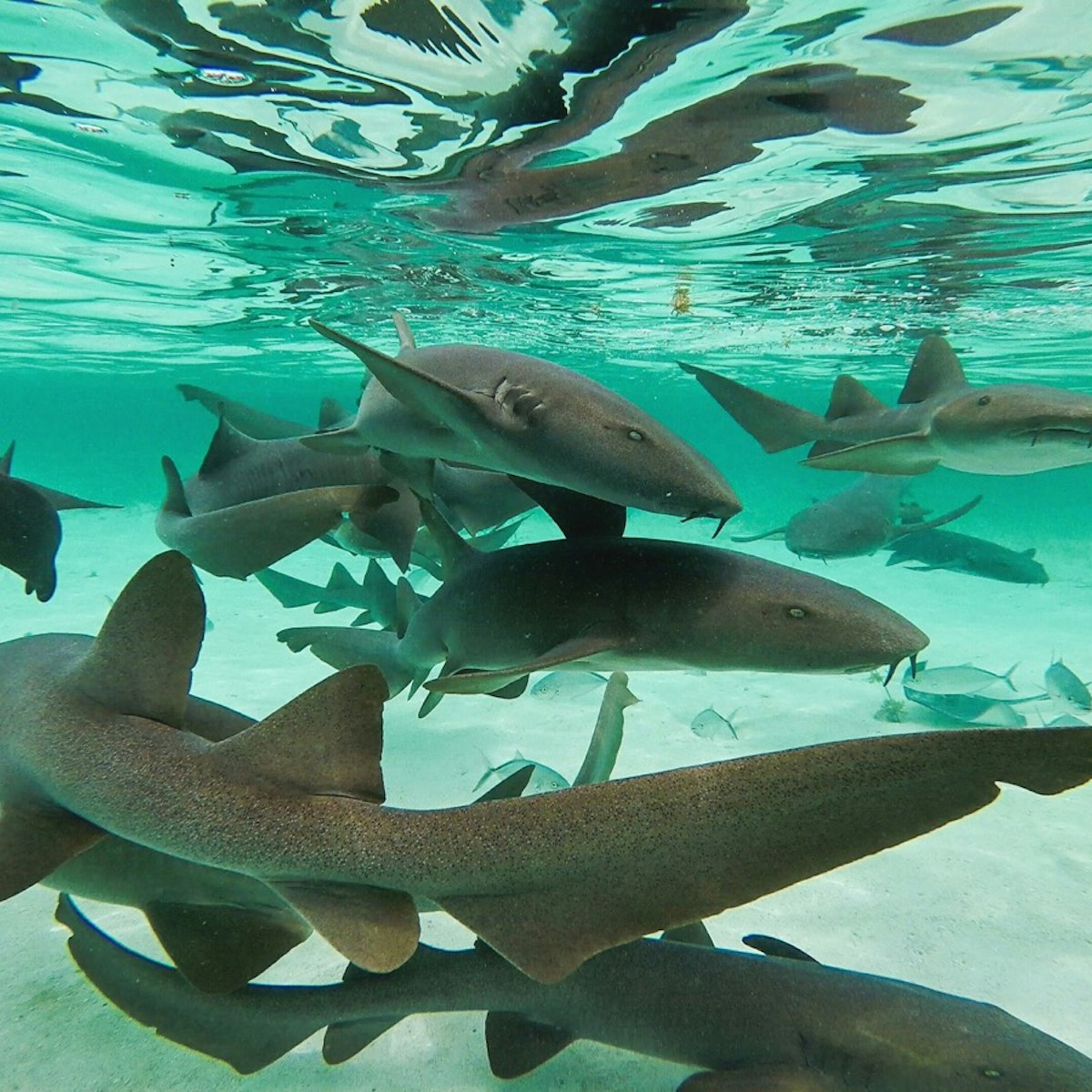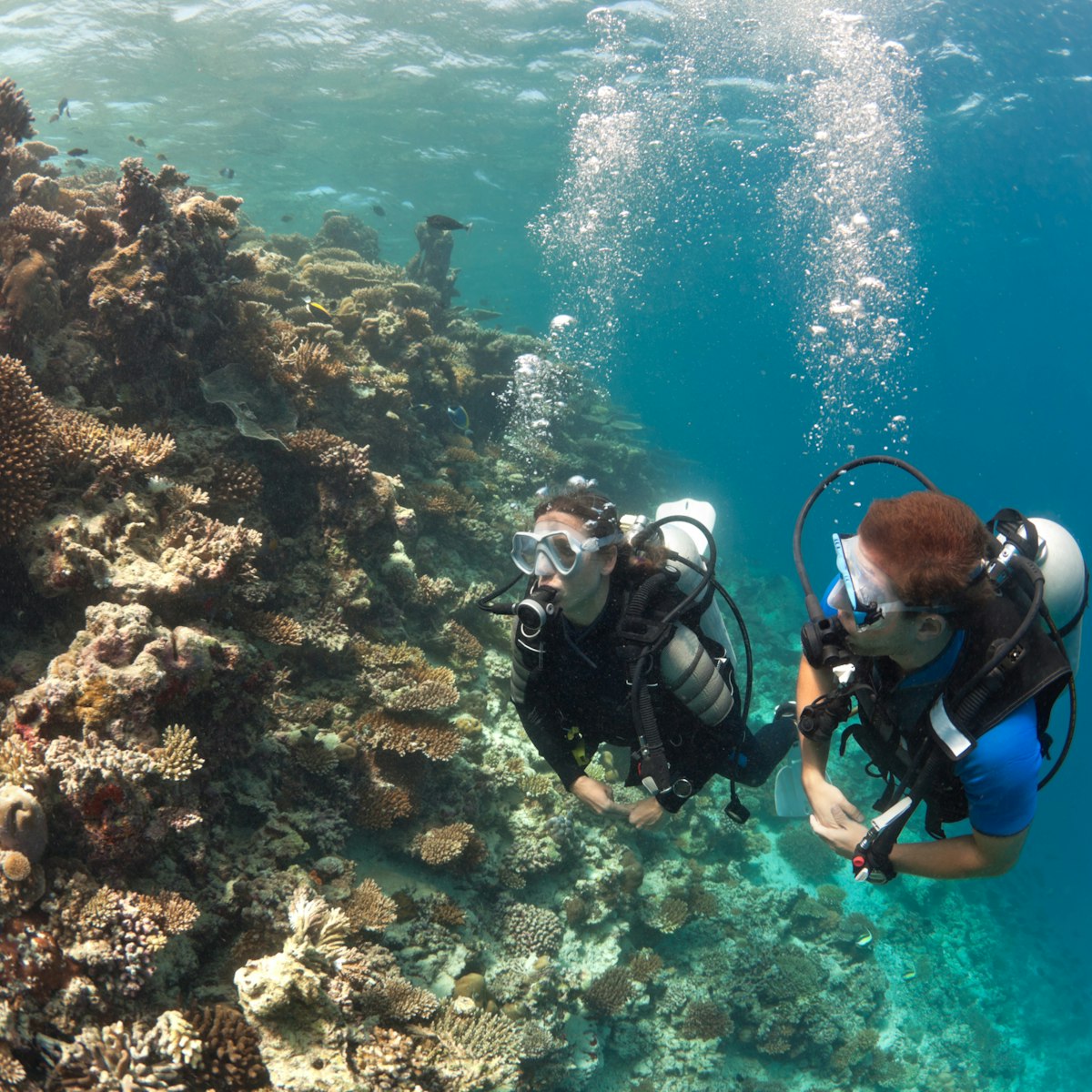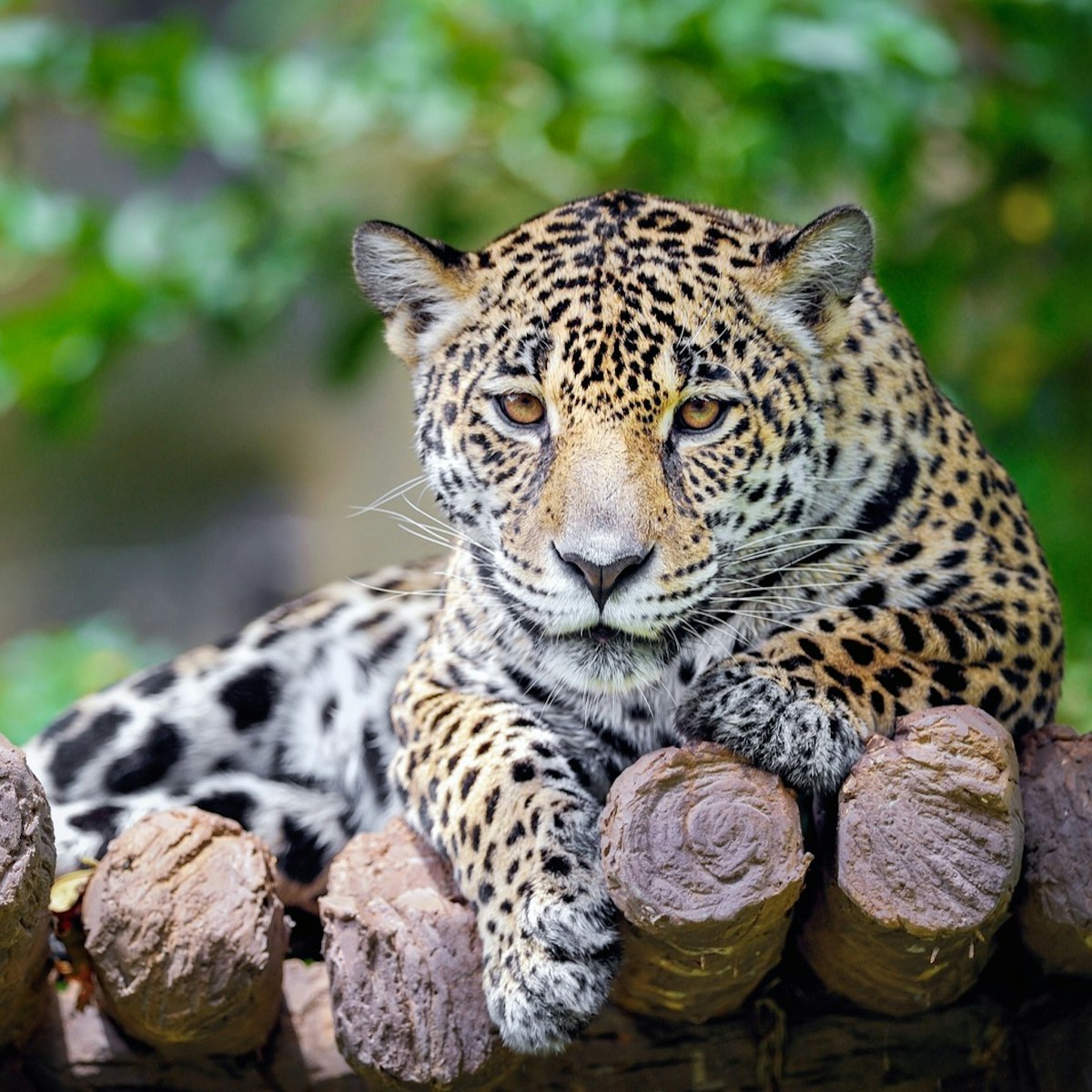
If most zoos are maximum-security wildlife prisons, then the Belize Zoo is more like a halfway house for wild animals that can't make it on the outside. A must-visit on any trip to Belize District, the zoo has many animals you're unlikely to see elsewhere – several tapirs (a Belizean relative of the rhino) including a baby, gibnuts, a number of coatimundi (they look like a cross between a raccoon and a monkey), scarlet macaws, white-lipped peccaries, pumas and many others.
But what really sets Belize Zoo apart is that the zoo itself – and in some cases, even the enclosures of individual animals – are relatively porous. This means that the wildlife you'll see inside enclosures are outnumbered by creatures who have come in from the surrounding jungle to hang out, eat, or – just maybe – swap tales with incarcerated brethren.
Among the animals you'll see wandering the grounds (aka 'free runners') are Central American agoutis (also called bush rabbits), huge iguanas, snakes, raccoons, squirrels and jungle birds of all sorts.Take a night tour (one of the best ways to experience Belize Zoo, as many of the animals are nocturnal) and you'll be just as likely to see a gibnut outside enclosures as in. You'll also be able to hear ongoing long-distance conversations between the zoo's resident black howler monkeys and their wild relatives just a few miles away.
The story of the Belize Zoo began with filmmaker Richard Foster, who shot a wildlife documentary entitled Path of the Raingods in Belize in the early 1980s. Sharon Matola – a Baltimore-born biologist, former circus performer and former US Air Force survival instructor – was hired to take care of the animals. By the time filming was complete, the animals had become partly tame and Matola was left wondering what to do with her 17 charges. So she founded the Belize Zoo, which displays native Belizean wildlife in natural surroundings on 29-acre grounds. From these beginnings, the zoo has grown to provide homes for animals endemic to the region that have been injured, orphaned at a young age or bred in captivity and donated from other zoos.
Many of the animals in Belize Zoo are rescue cases, that is, wild animals that were kept as pets by individual collectors. The zoo makes every attempt to recondition such animals for a return to the wild, but only when such a return is feasible. In cases where return is impossible (as is the case with most of the zoo's jungle cats, who have long since forgotten how to hunt, or never learned in the first place), they remain in the zoo: perhaps not the best life for a wildcat, but better than winding up in some closet.
 Publish for free
Publish for free

 zzdtravel
zzdtravel

